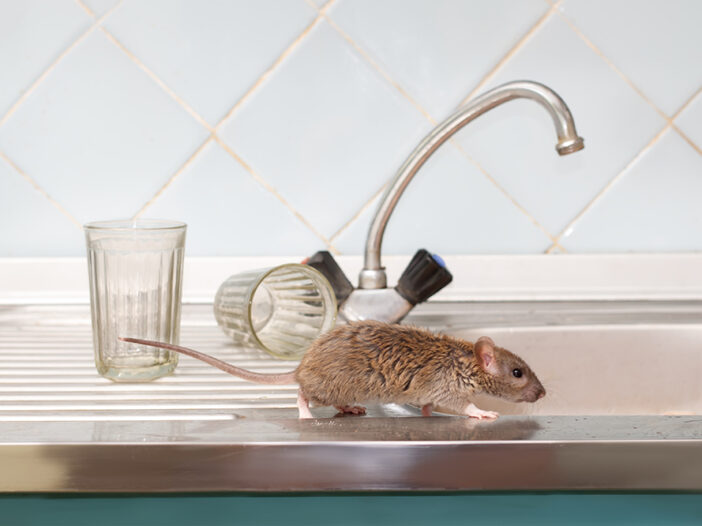
The cold, wet weather of the Pacific Northwest fall and winter may curtail the drive to be outside. Those long summer days of hiking, swimming, or just sitting on the porch give way to nesting inside with comfort foods and a warm blanket. Well, unfortunately, many pests view winter the same as you do and slowly begin to invade your home. Northwest Pest Control is always happy to help you eradicate a pest invasion, but there are steps you can take to prevent pests from spending the cold season in your home.
While many types of pests can be found inside seeking warmth, shelter, and food, several are more commonly found.
- Rodents are among the most prevalent winter invaders.
- Cockroaches are active year-round but may become more noticeable indoors.
- Spiders can enter homes through tiny cracks and gaps.
- Stink bugs release an unpleasant odor when threatened or crushed.
- Some ant species, such as pavement ants and pharaoh ants, may become indoor pests attracted to sweet and greasy foods.
- Silverfish are moisture-loving insects found in damp areas like basements, bathrooms, and kitchens.
- Cluster flies often gather in large numbers in attics, wall voids, and other secluded areas
- Boxelder bugs seek shelter in warm, south-facing walls
- Ladybugs can invade homes in significant numbers
- Clothes moths and pantry moths damage natural fibers in clothing and infest stored food products.
- Larger pests like raccoons, squirrels, and bats may seek shelter in attics, crawl spaces, or chimneys.
Whatever type of pest you have, they are more prevalent this time of year because, just like humans, they are seeking shelter from the cold and rain so the light and heat coming from a home is welcoming. In addition, as their outdoor food supplies decrease they may find a hidden buffet in your kitchen pantry. Some pests use the fall and winter as an opportunity to breed and nest and your cozy, safe home is an ideal location. All of these reasons are compounded by the fact that the natural predators, like birds and even some insects, of many pests, are less active in winter meaning those unwanted rodents and stink bugs can scurry danger-free.
The good news is that there are ways to prevent the annual migration of pests from outdoors into your home. Here are some pest prevention methods you can employ during these seasons:
Seal entry points like gaps, cracks, and holes in walls, doors, and windows. Replace or repair torn screens and use caulk and weatherstripping.
Keep your home clean and free of food crumbs and spills and declutter to remove pest hiding places.
Store food in airtight containers, including pet food.
Trim trees and shrubs away from the house to prevent pests from using them as bridges to enter your home. Similarly, store firewood, mulch, and other organic materials away from the foundation of your home.
Remove piles of leaves, wood, or debris from your yard, as they can provide hiding spots for pests.
Keep outdoor trash cans sealed tightly, and regularly clean them to remove any residue or odors. Inside, use trash cans with lids and take out the garbage regularly.
Maintain proper moisture levels by repairing leaks in plumbing or roofing, and using dehumidifiers. Moisture attracts cockroaches and silverfish just to name two.
Install door sweeps on exterior doors to create a tight seal and prevent pests from crawling underneath.
Inspect your chimney to ensure it’s properly sealed and schedule regular cleanings to remove nests and debris.
Also, be aware that increased human activity, such as bringing in firewood, decorating with pumpkins and mums, and taking down outdoor holiday decor, can inadvertently transport pests into your home.
By implementing these pest prevention methods, you can minimize the risk of pests invading your home during the fall and winter months, when they are most likely to seek shelter indoors.
Consider contacting the professionals at Northwest Pest Control pest control service for regular inspections and treatments, especially if you have a history of pest problems.